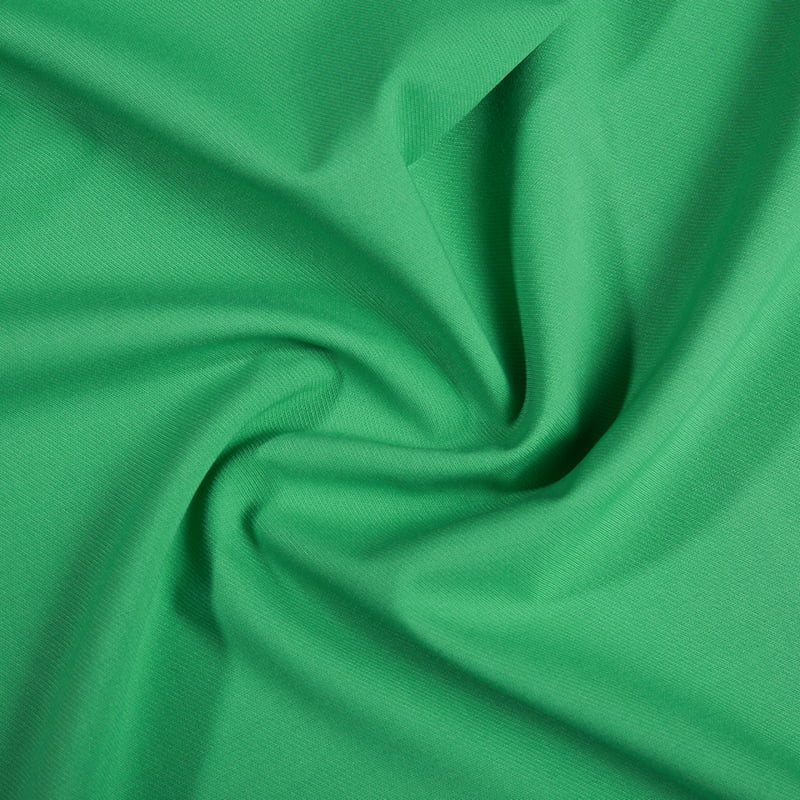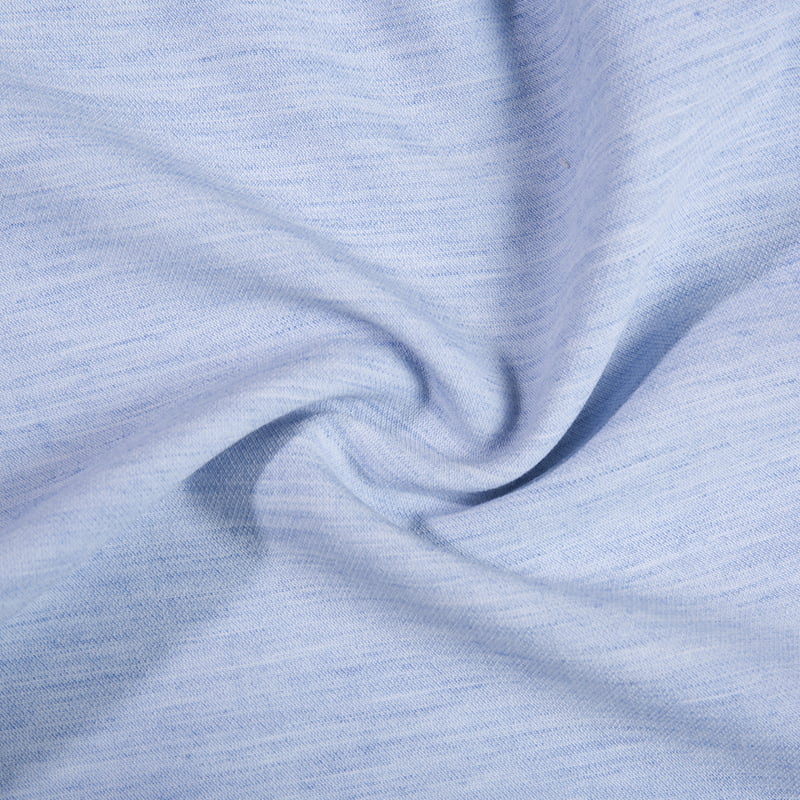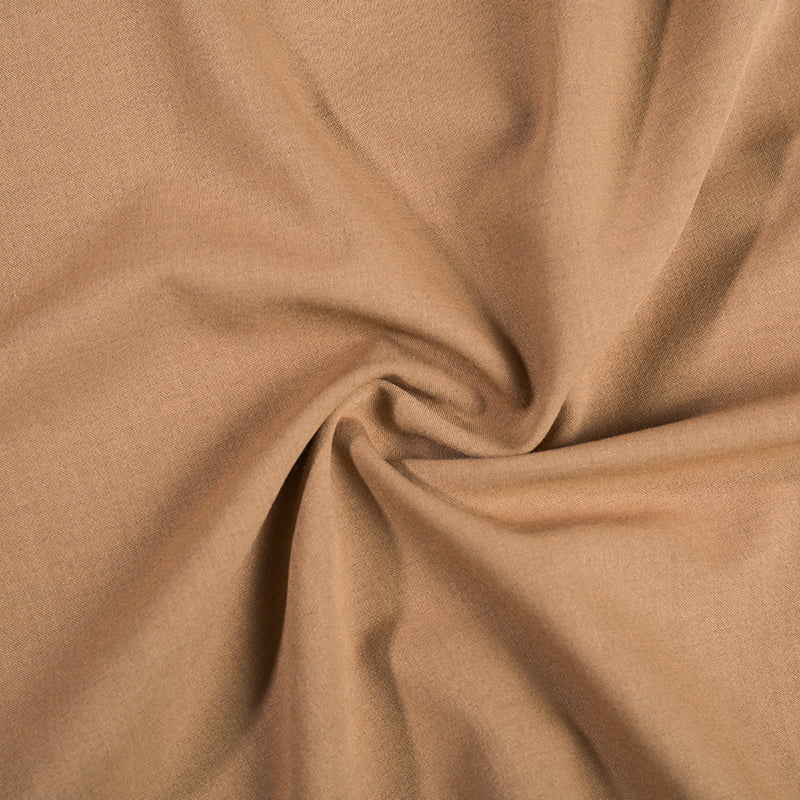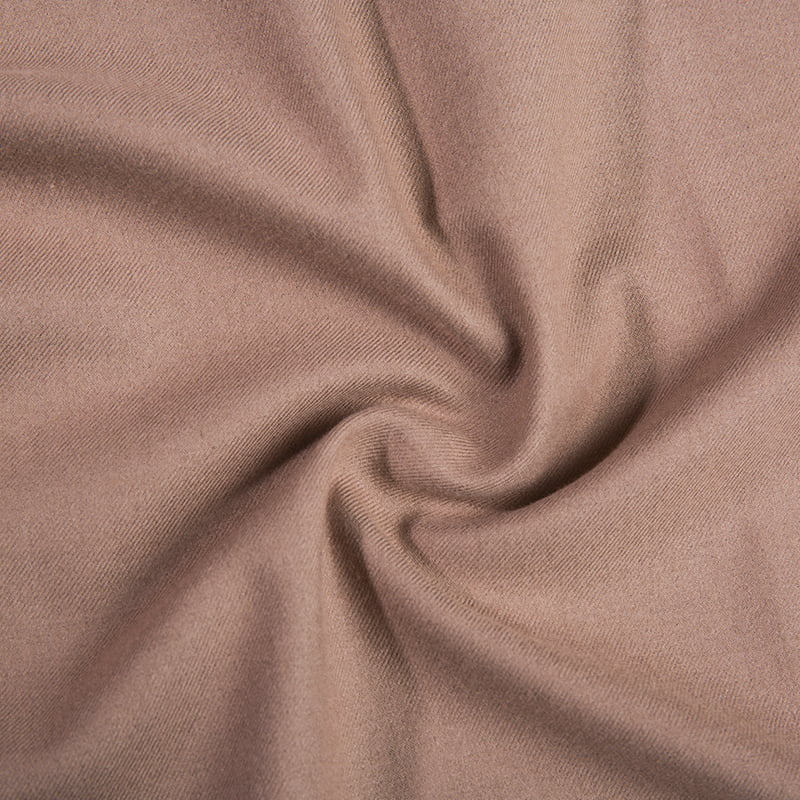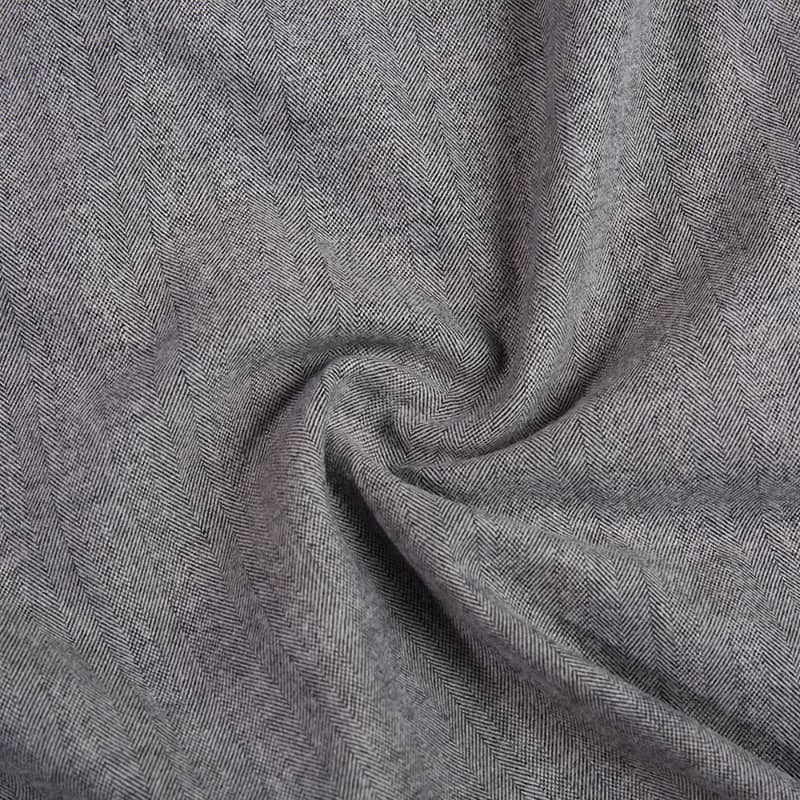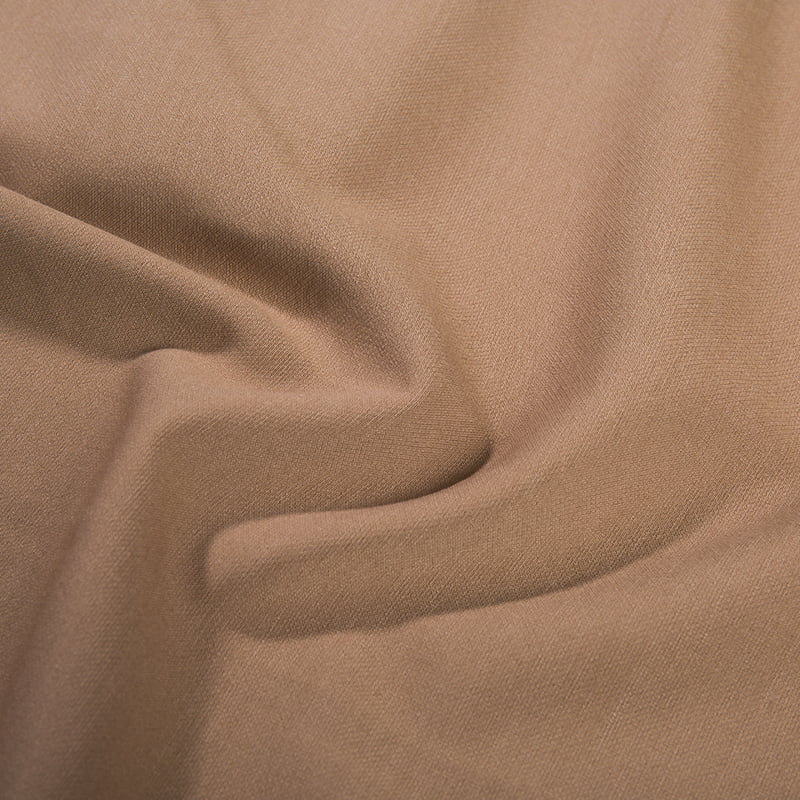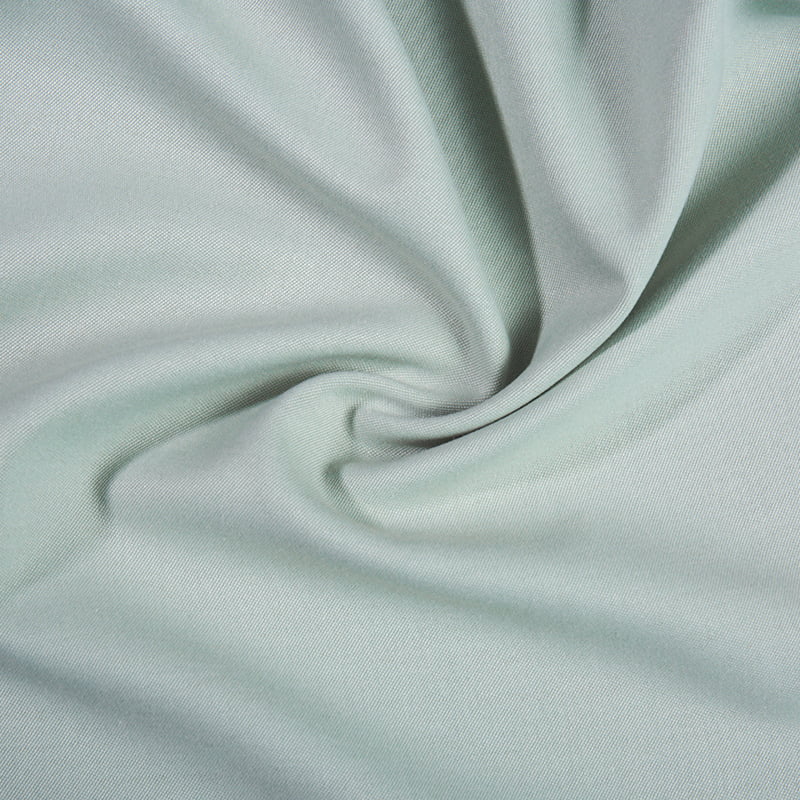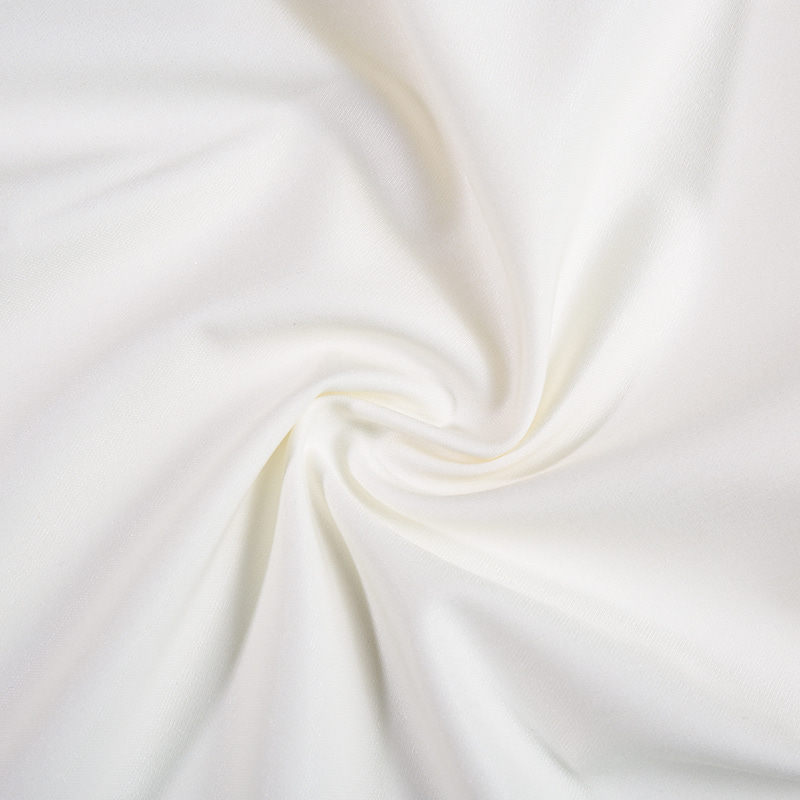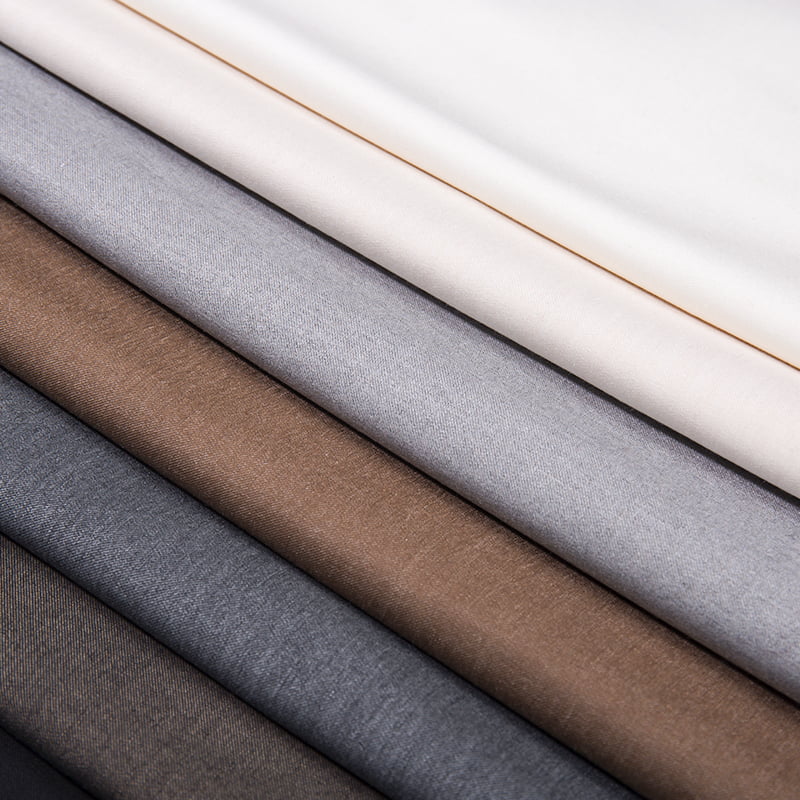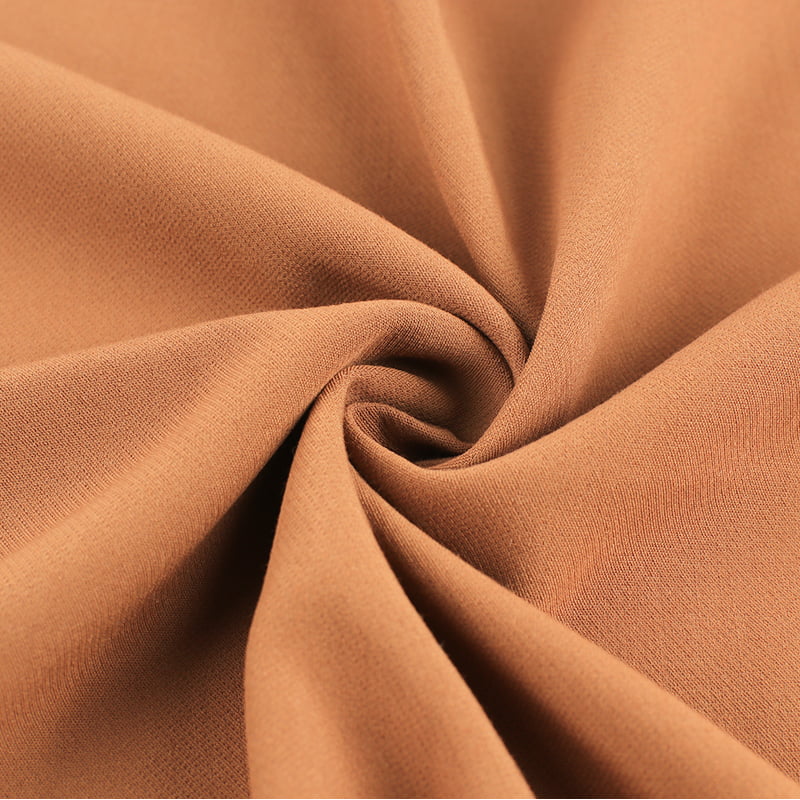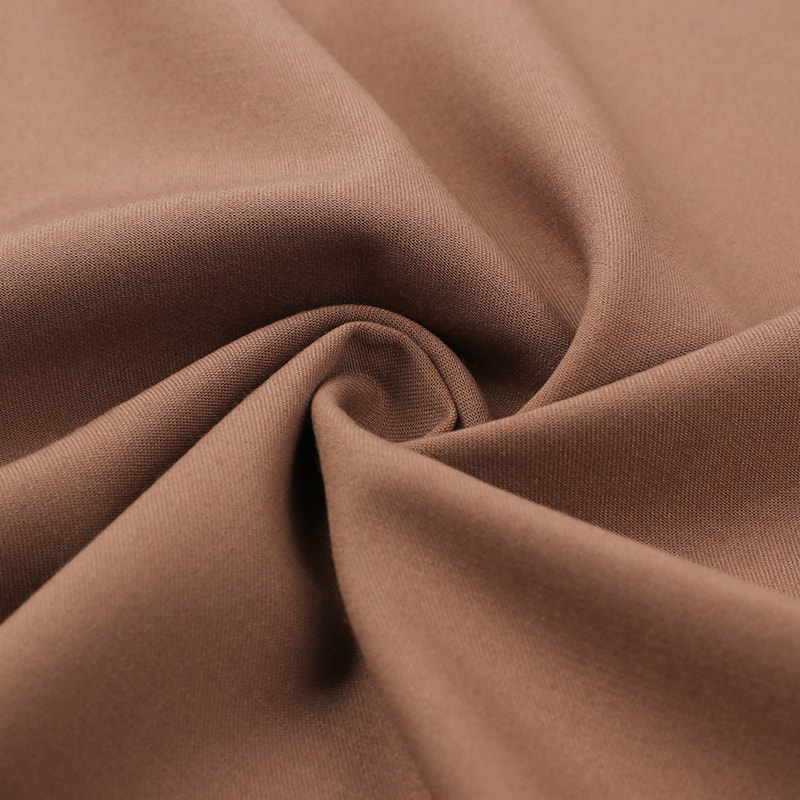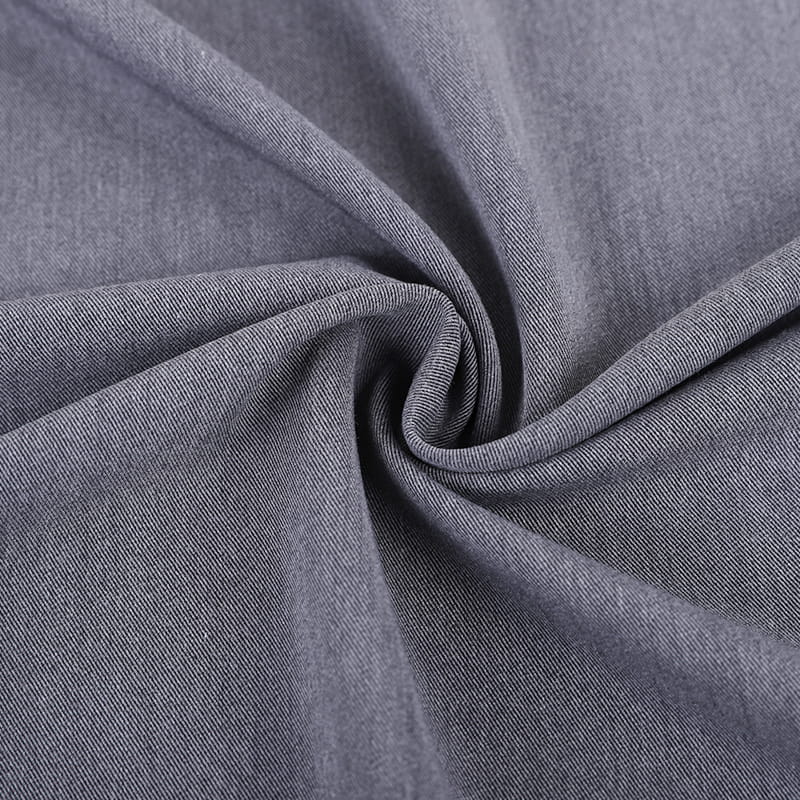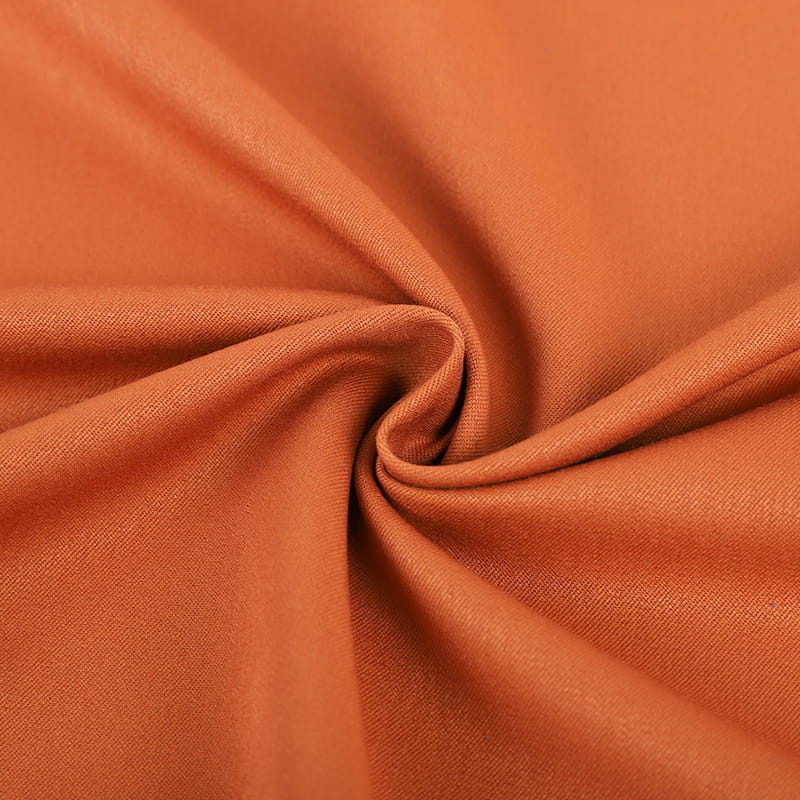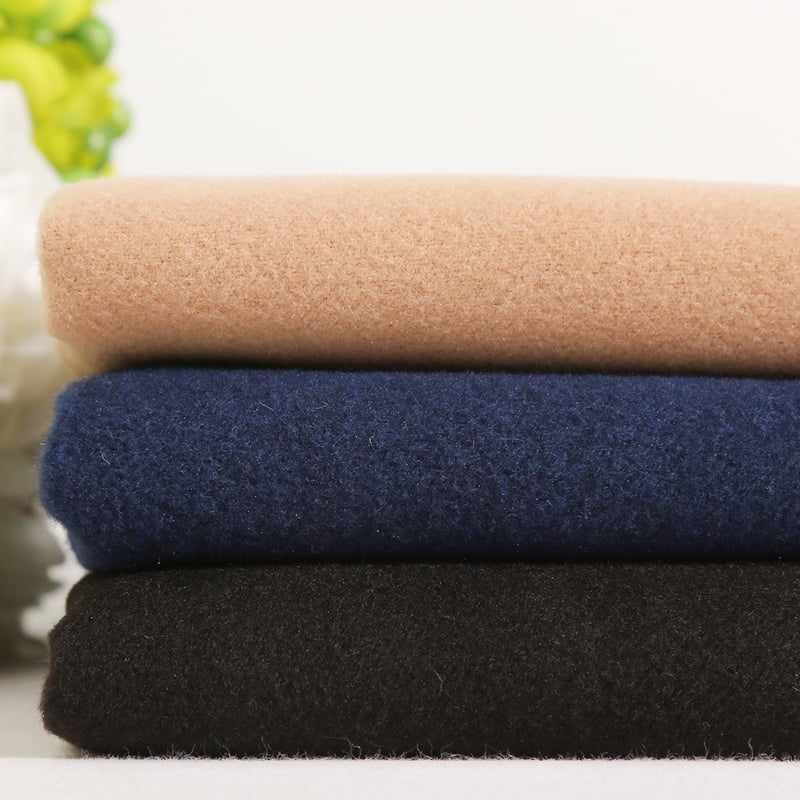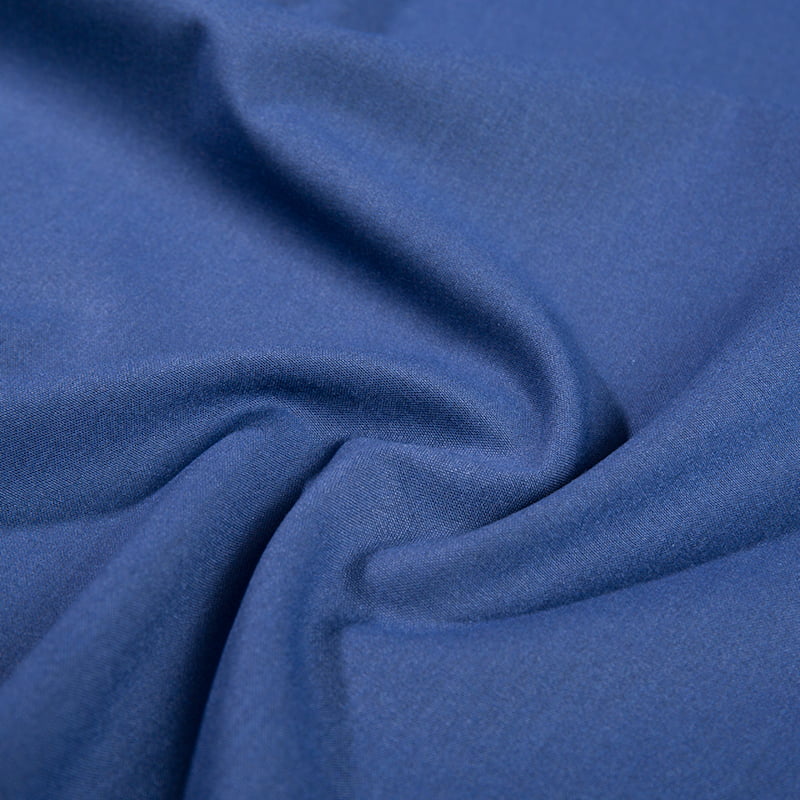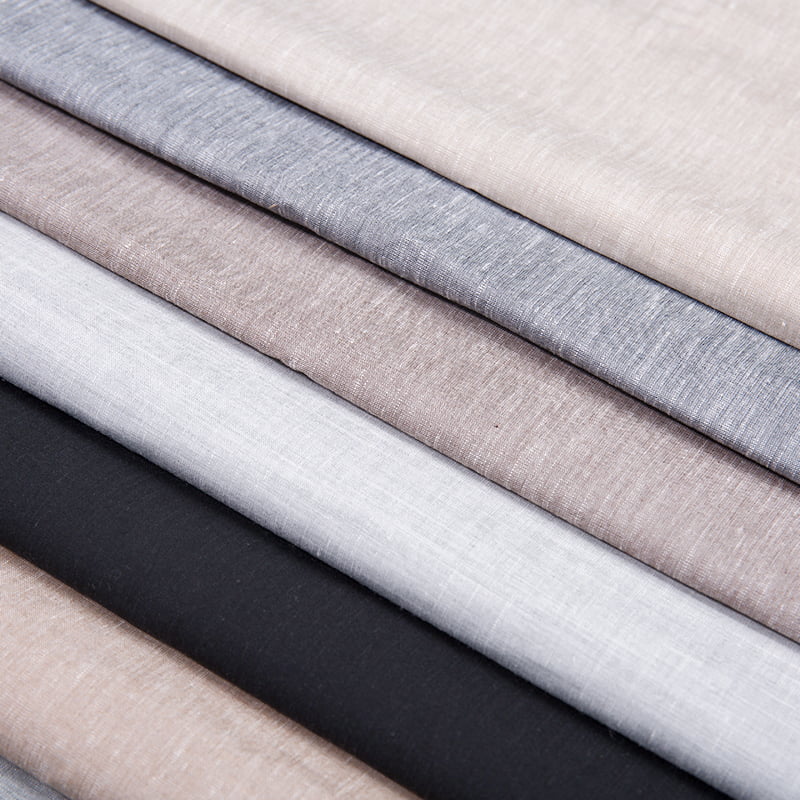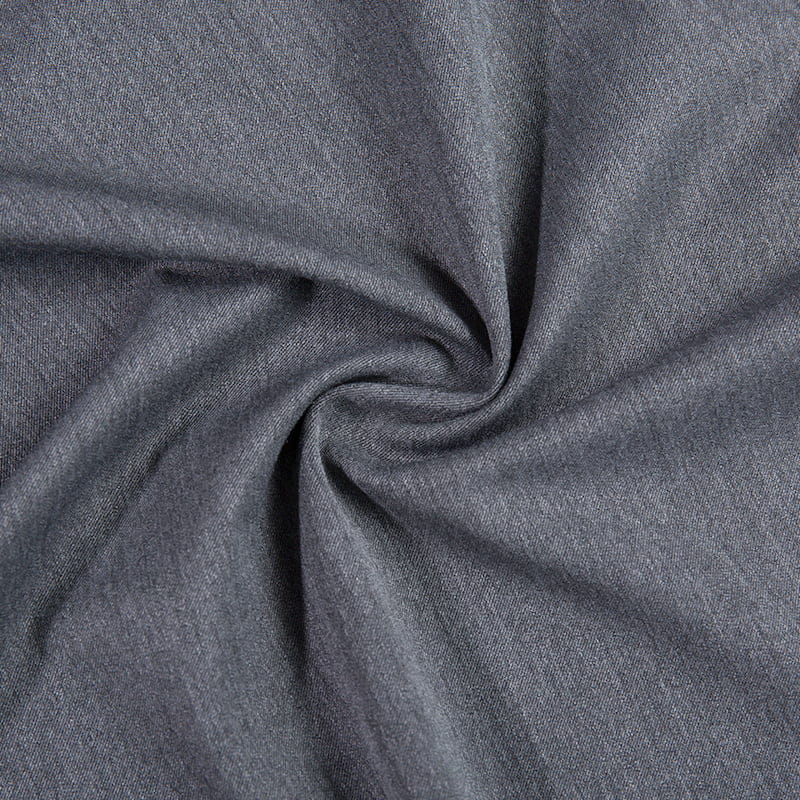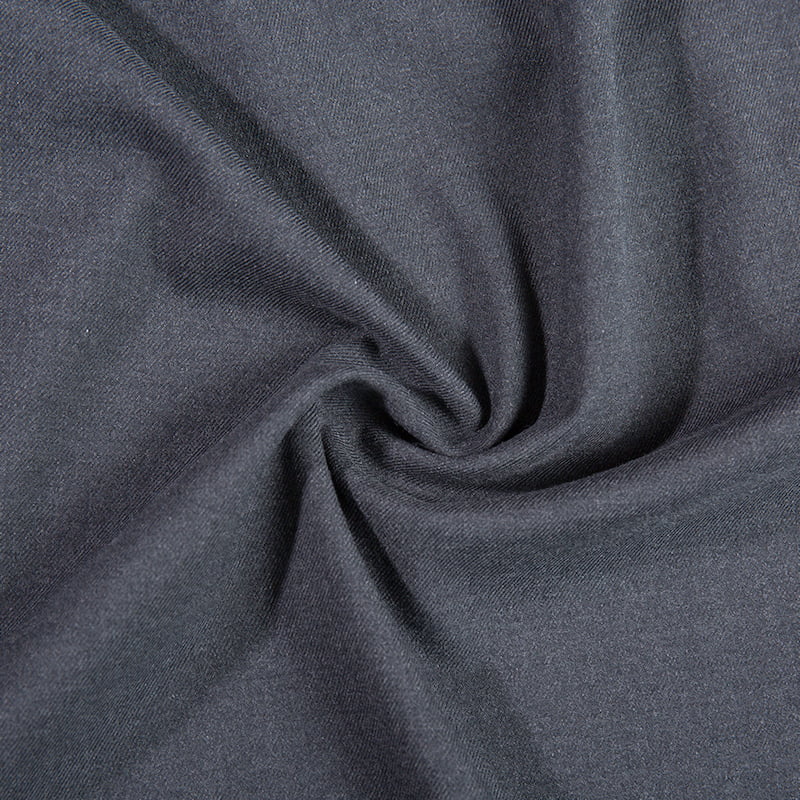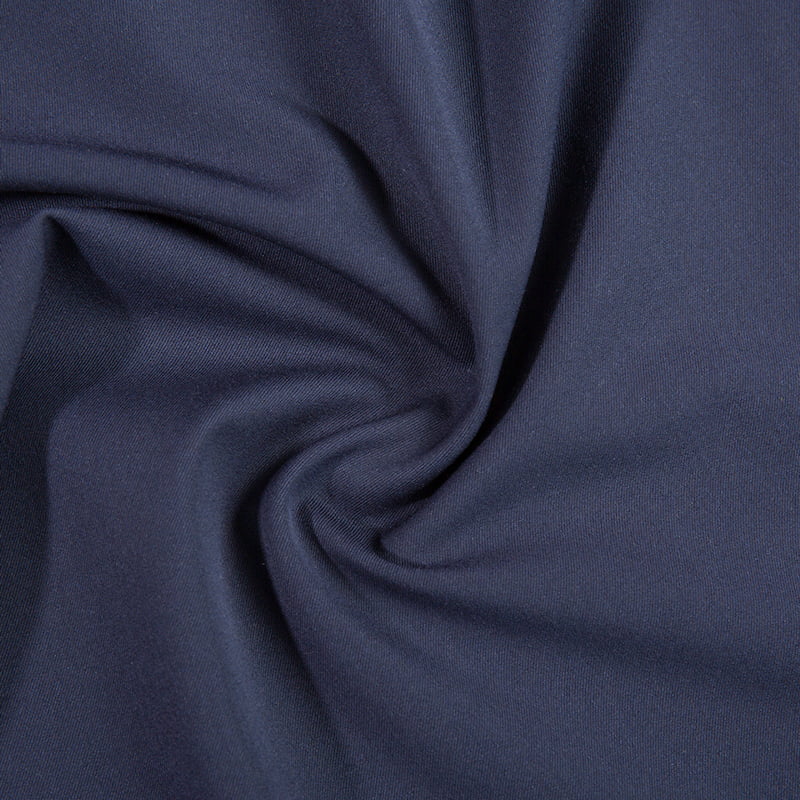The selection of appropriate fabric is fundamental to the performance, appearance, and longevity of a suit. TR fabric, a blend of Terylene (Polyester) and Rayon (Viscose), is frequently encountered in the apparel market.
Understanding TR Fabric Composition
TR fabric typically combines Polyester (ranging from 55% to 65%) with Rayon (ranging from 35% to 45%). This blend strategically leverages the inherent characteristics of both fibers:
-
Polyester: Contributes strength, durability, dimensional stability, wrinkle resistance, and ease of care.
-
Rayon: Provides a softer hand feel, improved drape, enhanced moisture absorption, and a more lustrous, wool-like aesthetic compared to pure polyester.
Key Properties Relevant to Suits
-
Durability and Shape Retention: The polyester component in TR fabrics imparts excellent resistance to abrasion and stretching. Suits made from TR fabrics generally maintain their shape well over time, resisting bagging at the knees or elbows better than some pure rayon or lower-quality wools.
-
Wrinkle Resistance: TR fabrics exhibit good wrinkle recovery. Suits can withstand travel and daily sitting with minimal creasing, and wrinkles acquired during wear often release significantly when hung overnight. This offers a practical advantage for individuals seeking low-maintenance garments.
-
Drape and Handle: Rayon improves the drape, giving TR fabrics a smoother, heavier fall than pure polyester. The hand feel is generally softer and less synthetic than 100% polyester, though it typically lacks the inherent loft and resilience of high-quality wool.
-
Moisture Management and Breathability: Rayon enhances the moisture absorption of TR fabrics, making them more comfortable than pure polyester in warmer conditions. However, the overall breathability of TR fabrics is generally lower than that of natural fibers like wool, linen, or high-twist tropical wools. This can lead to a warmer wearing experience in hot/humid climates or during prolonged physical activity.
-
Aesthetics: TR fabrics can achieve a range of finishes, from smooth gabardines to subtle textures, often mimicking the look of wool at a glance. The sheen level can be controlled during manufacturing, ranging from matte to a slight luster.
-
Care and Maintenance: A primary advantage of TR fabrics is ease of care. Suits are often machine washable (depending on the specific blend and construction; always check care labels) or easily cleaned, drying quickly and requiring minimal ironing due to inherent wrinkle resistance. This contrasts sharply with the typically dry-clean-only requirement of most wool suits.
Limitations for Suiting
-
Breathability: As noted, TR fabrics do not match the natural thermoregulation and breathability of wool, potentially causing discomfort in sustained warm environments.
-
Aesthetics Over Time: While initially sharp, TR fabrics may develop a slight "polished" or worn look on high-friction areas (like seams or seat) faster than resilient worsted wools. The drape, while improved over polyester, might not achieve the same fluidity as premium natural fibers.
-
Comfort Perception: Some wearers may perceive TR fabrics as less "breathable" or having a slightly different hand feel compared to traditional wool, even if technically managing moisture.
Appropriate Use Cases for TR Suits
Based on its properties, TR fabric can be a suitable choice for suits in specific contexts:
-
Budget-Conscious Options: TR fabrics provide a cost-effective alternative to wool, offering durability and a smart appearance at a lower price point.
-
Travel or Workhorse Suits: The exceptional wrinkle resistance and easy-care nature make TR fabrics ideal for suits subjected to frequent travel, packing, or situations where frequent professional cleaning is impractical.
-
Warmer Climate Suits (Moderate): For climates that are warm but not intensely hot/humid, lighter-weight TR fabrics can offer a practical blend of durability, appearance, and better moisture handling than pure synthetics.
-
Specific Style Requirements: Where a particular sheen, texture, or color fastness (excellent in TR fabrics) is a design priority.
TR fabric presents a viable option for suit construction, particularly valued for its durability, significant wrinkle resistance, ease of maintenance, and cost-effectiveness. The performance of TR fabrics is heavily influenced by the specific blend ratio and fabric construction (weave, weight, finish). While TR fabrics offer practical benefits, they generally fall short of premium wool in terms of natural breathability, long-term aesthetic richness, and inherent drape sophistication. The suitability of TR fabrics for a specific suit depends critically on the wearer's priorities regarding budget, climate, maintenance expectations, and desired longevity of the garment's pristine appearance. Professional tailors and manufacturers consider these factors alongside fabric properties when advising on or selecting TR fabrics for suiting applications.


 English
English 中文简体
中文简体 日本語
日本語 한국어
한국어 Español
Español русский
русский
